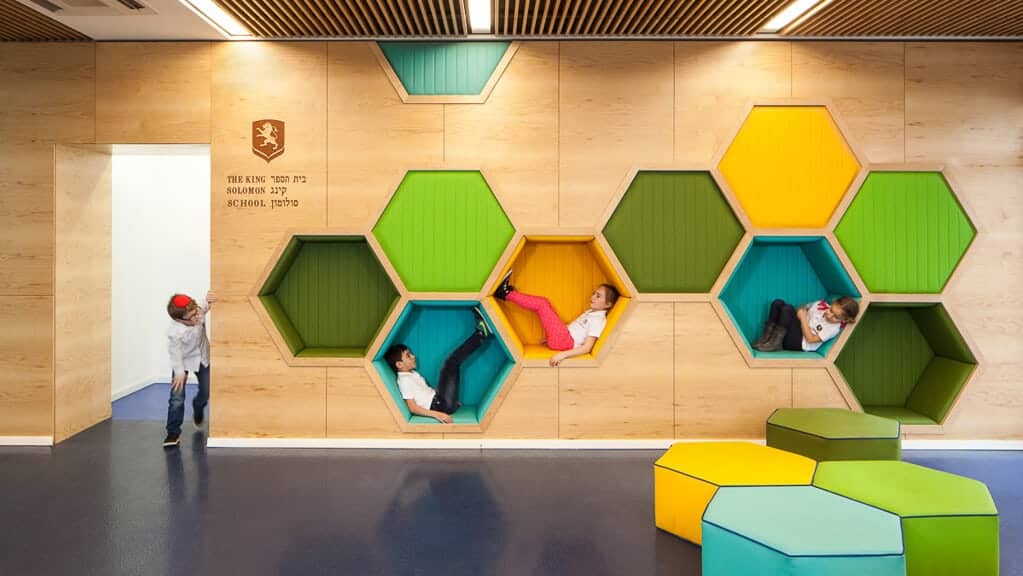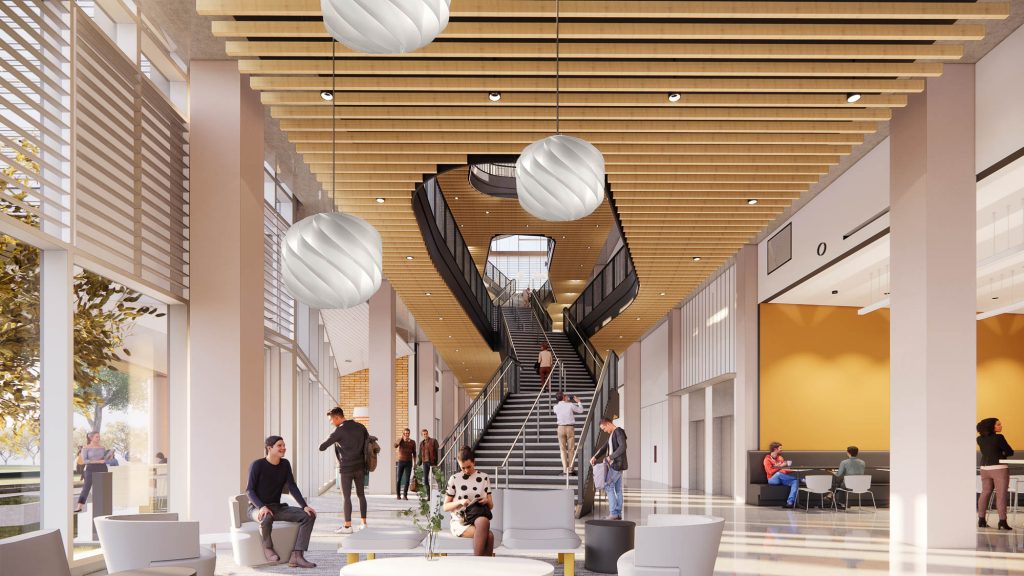JAKARTA, studyinca.ac.id – In the rapidly evolving landscape of education, education design plays a crucial role in shaping learning environments that meet the needs of today’s diverse learners. Traditional classrooms, often characterized by rigid rows of desks and chalkboards, are giving way to more dynamic and collaborative spaces. This article explores the importance of innovative education design, the principles behind effective classroom layouts, and how these changes can enhance student engagement and learning outcomes.
Understanding Education Design

What Is Education Design?
Education design refers to the intentional planning and organization of learning environments to facilitate effective teaching and learning. This encompasses various elements, including:
- Physical Space: The arrangement of furniture, resources, and technology within the classroom.
- Curriculum Integration: The alignment of educational practices with the physical environment to support diverse learning styles.
- Technology Integration: The use of digital tools and resources to enhance learning experiences.
The Importance of Education Design
- Promotes Active Learning: Well-designed classrooms encourage student participation and collaboration, fostering an environment where learners are actively engaged in the learning process.
- Supports Diverse Learning Styles: Education design recognizes that students have different preferences and needs. Flexible spaces can accommodate various learning styles, from visual and auditory to kinesthetic.
- Enhances Motivation: A thoughtfully designed classroom can stimulate curiosity and interest, motivating students to explore and engage with the material.
- Facilitates Collaboration: Collaborative spaces encourage teamwork and communication, essential skills for success in the modern workforce.
Key Principles of Effective Education Design
1. Flexibility and Adaptability
Creating Multi-Use Spaces
Classrooms should be designed to support a variety of activities, from individual work to group projects and discussions. Multi-use spaces allow for easy reconfiguration, enabling educators to adapt the environment to suit different teaching styles and learning objectives.
Mobile Furniture
Incorporating mobile furniture, such as rolling chairs and adjustable tables, allows for quick rearrangement of the classroom layout. This flexibility supports various instructional methods and promotes collaboration among students.
2. Technology Integration
Smart Classrooms
Integrating technology into the classroom enhances the learning experience. Smart boards, interactive displays, and digital tools can facilitate dynamic presentations and encourage student interaction.
Access to Resources
Ensuring that students have access to technology, such as tablets and laptops, is essential for modern education design. This access enables research, collaboration, and the use of educational apps that enhance learning.
3. Natural Light and Acoustics
Emphasizing Natural Light
Research shows that natural light positively impacts student performance and well-being. Designing classrooms with large windows and access to outdoor views can create a more inviting and stimulating environment.
Acoustic Considerations
Effective education design also considers acoustics. Sound-absorbing materials and strategic layout can minimize distractions and enhance communication, making it easier for students to focus and collaborate.
4. Personalization and Ownership
Student-Centered Spaces
Creating spaces that allow for personalization can empower students and foster a sense of ownership over their learning environment. This can include designated areas for student projects, displays of their work, and opportunities for input in classroom design.
Choice in Learning
Education design should provide students with choices in how they learn. Flexible seating arrangements and varied activity zones allow learners to select environments that best suit their needs and preferences.
Reimagining Classroom Layouts
1. Collaborative Learning Zones
Group Workstations
Designing classrooms with dedicated areas for group work encourages collaboration and communication among students. These workstations can be equipped with resources and technology to support teamwork and project-based learning.
Discussion Circles
Creating discussion circles or semi-circle seating arrangements can promote open dialogue and facilitate discussions, allowing all students to participate actively.
2. Creative Spaces
Innovation Labs
Incorporating innovation labs or maker spaces within schools can provide students with hands-on learning experiences. These spaces can be equipped with tools for coding, robotics, and creative projects, fostering creativity and problem-solving skills.
Art and Design Areas
Designating areas for art and design allows students to express their creativity and engage in interdisciplinary learning. These spaces can inspire collaboration between subjects, such as integrating science with art in projects.
3. Quiet Zones
Focus Areas
Not all learning occurs in collaborative settings. Designating quiet zones or focus areas within the classroom can provide students with spaces to concentrate on individual work or reflection. These areas can be equipped with comfortable seating and minimal distractions.
Mindfulness Spaces
Incorporating mindfulness spaces can support students’ mental well-being. These areas can be used for relaxation, meditation, or quiet reading, promoting a balanced approach to learning.
Implementing Effective Education Design
1. Involving Stakeholders
Engaging Educators
Teachers should be involved in the design process, as they understand the needs of their students and the challenges of the current classroom layout. Their input can inform decisions about furniture, technology, and overall design.
Gathering Student Feedback
Students can provide valuable insights into what works best for their learning. Surveys, focus groups, or design workshops can help gather feedback and ideas for classroom improvements.
2. Professional Development
Training for Educators
Providing professional development opportunities for educators on effective education design can enhance their ability to create engaging learning environments. Workshops on flexible teaching strategies, technology integration, and classroom management are essential.
Collaboration Among Educators
Encouraging collaboration among teachers can lead to the sharing of best practices and innovative ideas for classroom design. Collaborative planning sessions can foster a culture of continuous improvement.
3. Evaluating Outcomes
Assessing Student Engagement
To measure the impact of education design changes, schools should assess student engagement and learning outcomes. Surveys, observations, and performance metrics can provide insights into the effectiveness of the new classroom layouts.
Iterative Design Process
Education design should be an iterative process. Regular evaluations and adjustments based on feedback and outcomes can ensure that classrooms continue to meet the evolving needs of students and educators.
Conclusion
Education design is a vital aspect of creating effective and engaging learning environments that prepare students for success in the 21st century. By reimagining classrooms from traditional setups to collaborative spaces, educators can foster active learning, creativity, and critical thinking. Emphasizing flexibility, technology integration, and student-centered approaches will enhance the educational experience for all learners. As we move forward, let us prioritize innovative education design to create dynamic classrooms that inspire and empower students.
Improve Your Abilities: Explore Our content on Knowledge
Take a Look at Our Latest Article on Academic Integrity!

